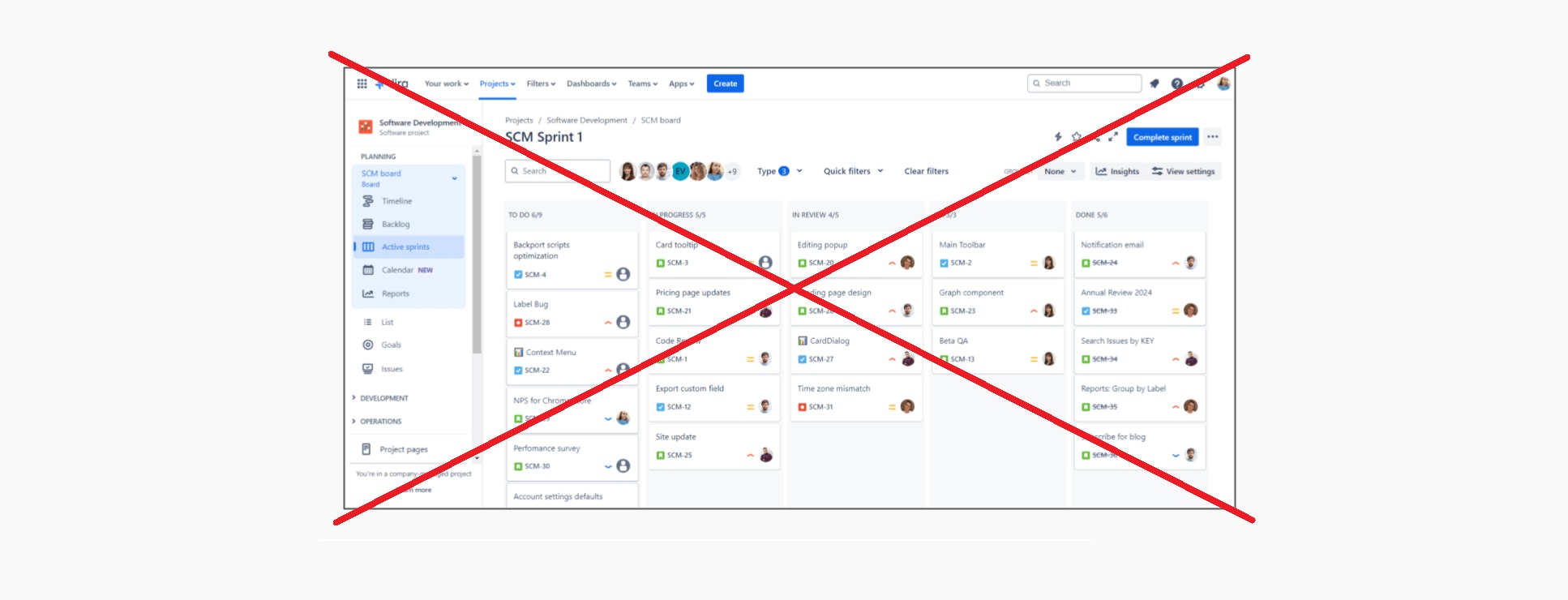3 tips for creating a public product roadmap users love
From problems to product vision
From problems to product vision

Part product marketing, part customer success, part product management – a public product roadmap serves an entirely different purpose than your internal product roadmap. The goal of a public product roadmap is to give external stakeholders, like customers or integration partners, the information they need to align themselves with the future direction of your product as it improves or expands over time.
A public roadmap shouldn’t share all the gritty details of how it’s getting there, when it’s getting there, or who’s behind the wheel.
The bulk of your roadmap’s audience will be non-technical stakeholders who are invested in the outcome of your product’s future. A public product roadmap should talk about your product’s future from a perspective that focuses on how product updates impact them and why it matters.
Below are 3 tips for creating a public product roadmap users love
Your public product roadmap is a chance to get real with your audience about why you do what you do. It’s an opportunity to sell your vision for the future and why it matters. Your product roadmap should be relatable and articulate your product vision on emotional level. Show how passionate you are about building your product and how you make decisions for moving it forward.
Weave your product vision into a description of how your public roadmap works. For example, if you have objectives you use to make product decisions or a unique process – talk about that on your public product roadmap. Your roadmap should give the audience context for why your product is the way it is and the way it isn’t.
A public product roadmap shouldn’t feel like a task list or explain the various steps needed to be done by your teams. A non-technical audience doesn’t gain value by understanding the mechanics behind where your product is now and how it will evolve in the future.
You don’t need to include estimation dates or difficulty levels in order to convey to users what your priorities are. Instead of focusing on deliverables, your roadmap should focus on vision and the value your users can derive from that vision. Your product roadmap is an opportunity for customers to learn how your vision influences high-level themes on your product roadmap.
Create value with your public product roadmap by exchanging individual features for consistent themes focused on solving problems. We like this description of product roadmap themes by Bruce McCarthy and Jared Spool:
Themes are an alternative for features. Instead of promising to build a specific feature, the team commits to solving a specific customer problem.
Planning themed product updates focused on problems can be very different if you’re used to creating sprints around feature development. To start you might have fewer problems to solve. If your roadmap is based on features you might have dozens of items while a roadmap focussing on problems could have 1-2 problems being solved per update.
Having themes for your public product roadmap also reduces the risk of pushing features that make problems worse or make the UI more complex. Feature-focused product roadmaps run the risk of creating problems for users because they’re approached from a perspective of adding rather than solving.
Des Traynor, the co-founder and chief strategy officer at Intercom, shared this post of 10 yes/no questions to ask before adding an item to your product roadmap. #3 on the list “Will everyone benefit from it?” is a great question to ask when deciding how a roadmap item or feature will fit into a larger theme. If you can’t find a way that a solution solves the majority of your customers’ problems, then it won’t create as much value as something that solves a problem related to a larger theme.
A public product roadmap is a way to show customers you’re on their side, that you’re listening and you value their feedback. However, your roadmap should also convey that customer feedback isn’t the only thing you care about. If customer feedback was the only objective driving your decisions, you’d end up with a disjointed product that does a lot of different things, but nothing particularly well. A goal of product management is to inspire users by balancing feedback with creative solutions that under-promise and over-deliver.
For example, when our team was building Swagbot we learned that customers wanted to send handwritten notes with swag packages from their CRM. We saw this an opportunity to carry out our vision of making business personal. In response we didn’t just add a feature for sending notes, we also created a small line of custom stationery products customers could choose from and even the option to create their own custom notecards. Customers weren’t asking for custom stationery, but we took something that customers said they wanted and inspired them to take that idea even further.
Product teams that go above and beyond listening to user feedback and articulate their creative strategies back to users via a public roadmap will earn the confidence from customers that they’re in good company not just for the time being, but also into the future.